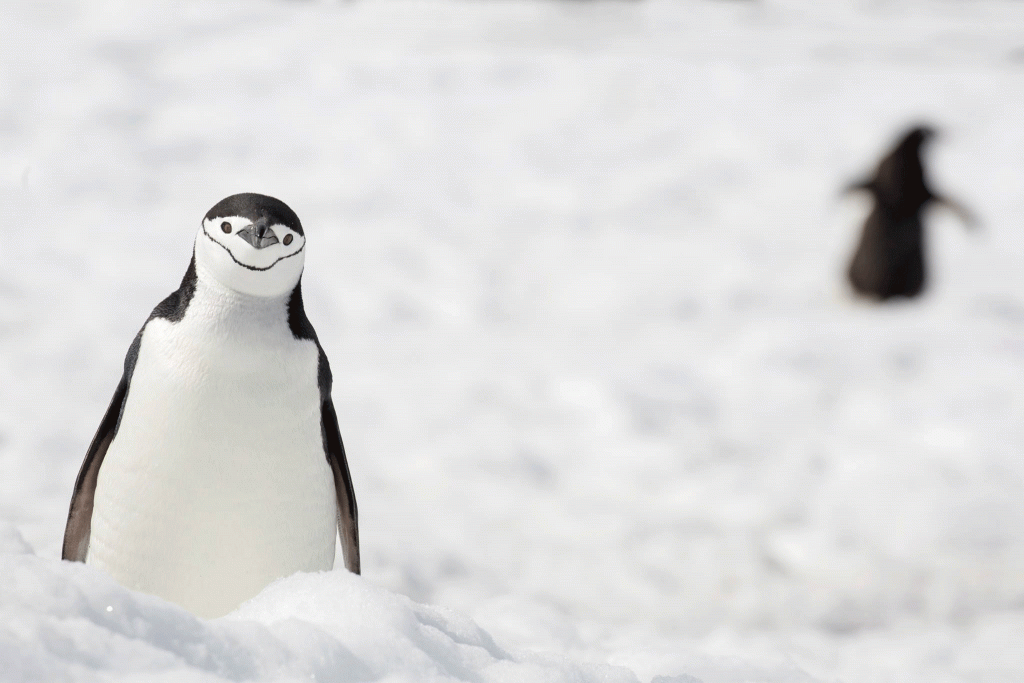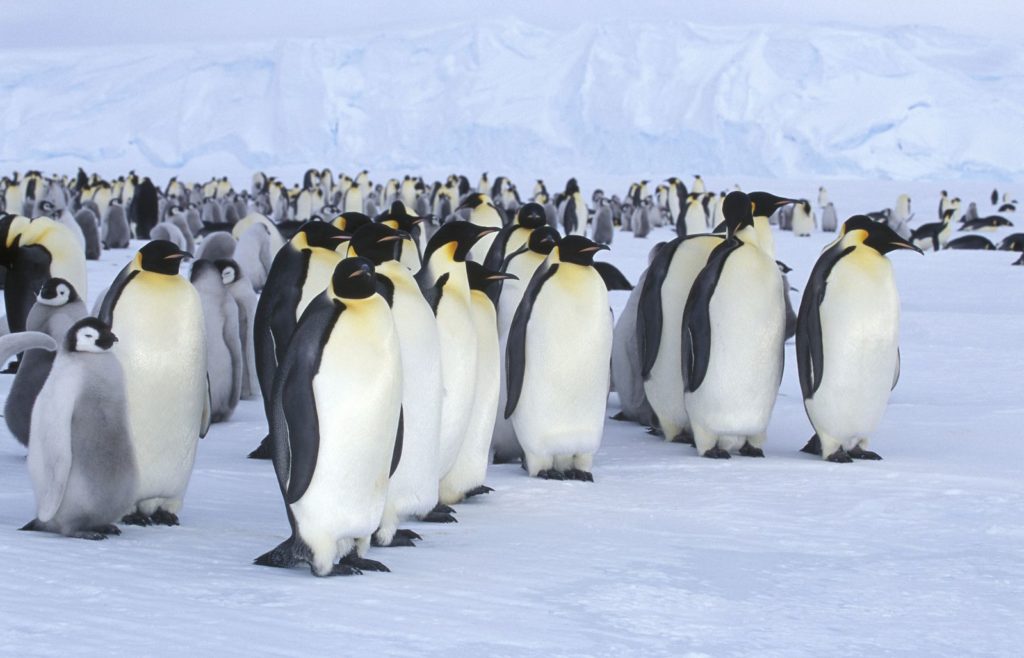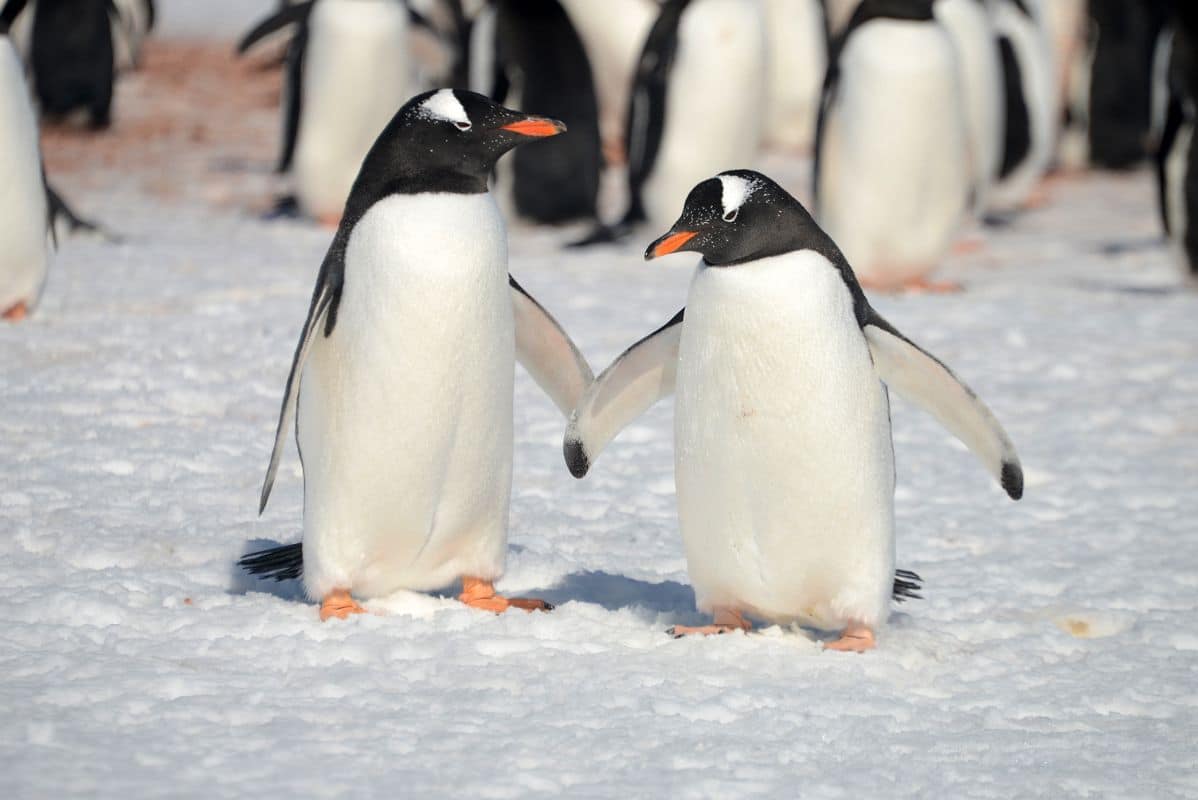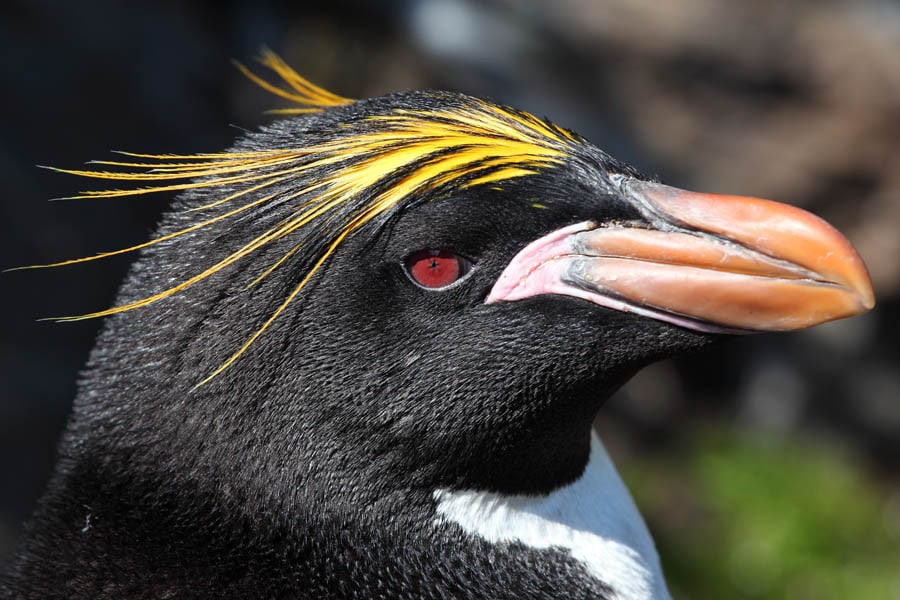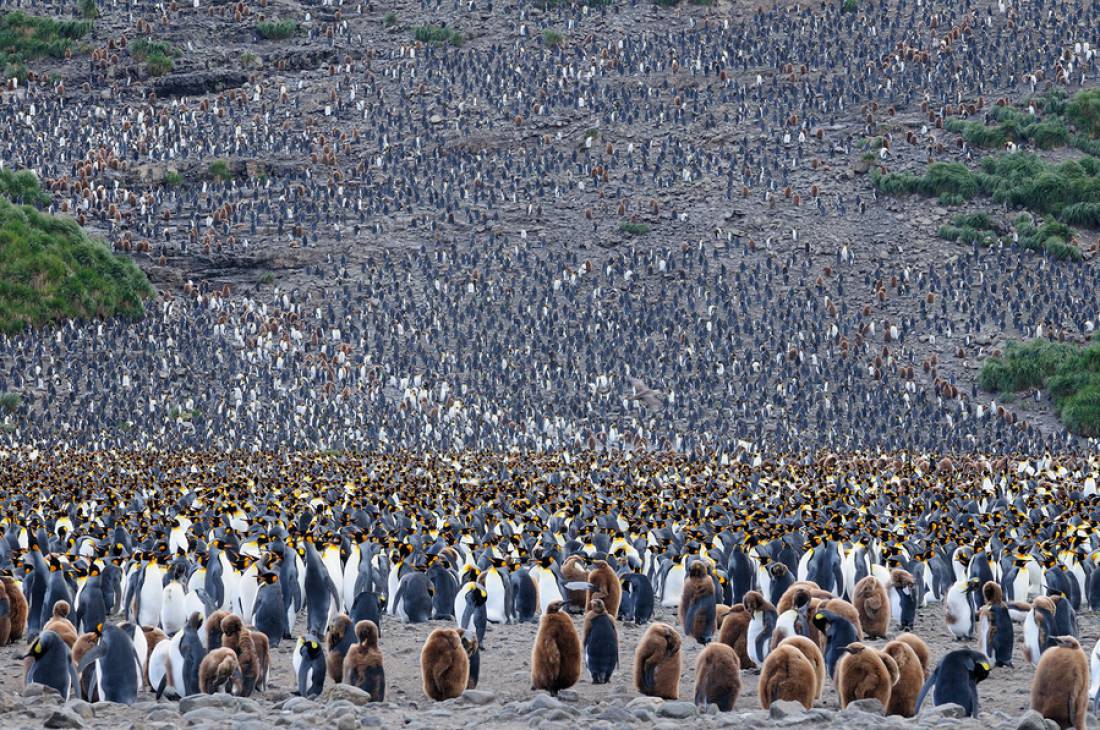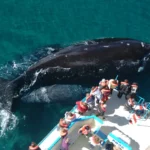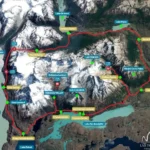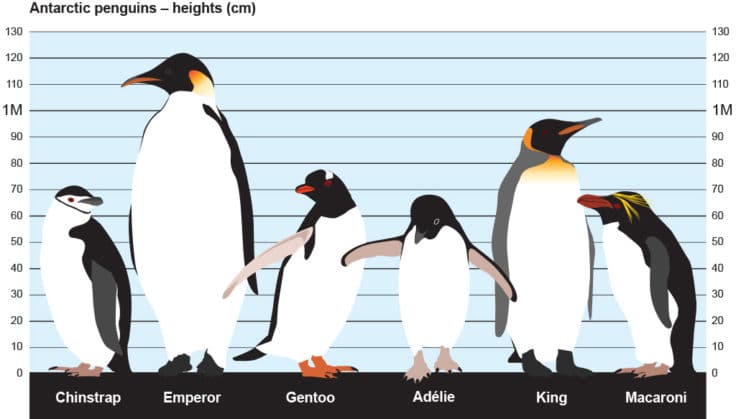
Types of penguins in Antarctica
It goes without saying that Antarctica is one of the most unique places on Earth. The white continent is special for so many reasons that it is hard to choose just some of them. Its giant ice formations, the way its landscapes change as seasons go by, its weather and, of course, its rare fauna.
Even if in this part of the world wildlife is not as abundant and diverse as in other places, it is amazing how animals adapt to live there. Antarctica’s weather can be so harsh that there are only a few species that are able to develop in its conditions. And that one feature makes them as special and unique as Antarctica itself.
Some of these species migrate for the summer season, whereas a few others remain all year long. Regardless of this, it is amazing how they are one with the development of the seasons, how they change as days go by together with the landscapes and the weather. Witnessing this firsthand is touching.
Among the animals that can be seen in Antarctica, there are several kinds of whales, seals and birdlife. However, most visitors remain enchanted by the cute penguins that can be spotted in different parts of the continent. The number and types of penguins in Antarctica has been increasing over the years, a result perhaps of the decrease in the number of baleen whales visiting this part of the world. Without so many baleen whales, the krill population has increased and there is more food than ever before for the Antarctic penguins. These funny birds will melt your heart, even in the middle of the white continent.
Very few animals other than penguins are able to make a home either in the Antarctic region or on the frozen continent of Antarctica itself. From all the species that can be seen in the region, only five breed there. They are the Adelie, Chinstrap, Emperor, Gentoo, and Macaroni penguin. The rest prefer to breed in other parts of the continent, such as the northern tip of the Peninsula. Other types of penguins in Antarctica are the Magallánico, Rockhopper, King and Humboldt, all of which can also be seen in Patagonia.
1. Adélie – frequently seen during a Cruise trip
The origin of their name is quite interesting. They owe it to French explorer Jules Dumont d’Urville’s, who named them after his wife, Adèle. Easily spotted up and down the Antarctic coast, they are highly agile swimmers. This penguin species can manage a 298 km (185 miles) round-trip for a spot of lunch, diving up to 0.175 km (575 feet) deep in search of krill, squid and little fish. Their eggs hatch in December and both males and females share the responsibility of rearing the chicks. Adelie penguins are much easier to spot from spring to autumn, since during winter, they spend most of their time in the water along the coast, as most of the types of penguins in Antarctica.
2. Chinstrap penguin – frequently seen during a Cruise trip
This is one of the most abundant types of penguins in Antarctica and in the world, so it is very normal to spot them from an expedition ship. Chinstrap penguins get their moniker from the distinguishable thin black strap that appears on their chins. They live all over the Antarctic Peninsula, but one of the best times to see them is when their chicks are hatching. From December to January, close to four million pairs can be found keeping a watchful eye over their hatching eggs. In general, this species of penguins is fun to watch, thanks to their eccentric and boisterous behavior, the unique way in which males attract females during their mating season. They live for about 20 years and breed in large colonies, and they sometimes even live on icebergs floating in the open ocean. They are also an aggressive species, often getting into fights with other penguins. The best place to spot them is in the South Sandwich Islands.
3. Emperor penguin – very difficult to see them during a Cruise trip
By far, the most iconic of all types of penguins in Antarctica. It is the largest penguin in the world – it grows to around 122 cm (48 in) tall- and is distinguished by the golden-hued feathers around its face. After females lay their eggs, they head off to hunt for food, while the males take care of the eggs. It is only found in Antarctica, which means they are endemic to the continent. Moreover, they are the only species of penguins to spend their entire lives in the Antarctic! This type of penguin lives in communities to get through the Antarctic cold. They huddle together for warmth and take shifts standing on the outside of the huddle. This way, everyone has a fair chance to be at the warmest spot deep inside. The best place to spot them is in the Weddell Sea.
4. Gentoo penguin (also seen in Patagonia) – frequently seen during a Cruise trip
This is the most abundant of all types of penguins in Antarctica. It’s estimated that there are almost 300,000 breeding pairs with around 100,000 in South Georgia and 70,000 in the Falkland Islands alone. Their main characteristics are a patch of white above the eye as well as their peachy orange beaks and feet. This adorable bird can be observed in colonies made up of thousands!
5. Macaroni penguin – frequently seen during a Cruise trip
One of their main features are their long feathers above their eyes, which look like golden lashes. Macaroni penguins’ nesting patterns are similar to that of other penguin breeds, and they like rocky coasts on the sub Antarctic islands they inhabit. In South Georgia, macaroni penguins arrive to breed in late October and lay their eggs two weeks later. Females lay two eggs, the first much smaller than the second, and the smaller egg rarely hatches. Macaroni chicks grow enough within 10 weeks to leave their parents behind and integrate into the adult penguin population.
6. King Penguin (also seen in Patagonia) – depending on which Cruise you take, chances can be high or low
After the Emperor, is the secong largest penguin. They can stand up to 94 cm (37 inchess). What makes them so amazing is that they spend more time in sea than in land. Because of that they have developed the skill of swiming down to 300 meters (985 feet) and matain the breath for 9 minutes.
They are very social penguins, the colonies can reach over 200.000 birds. This colonies might have inhabitants the whole year since the maturity cycle is longer in this specie tan in the others.
7. Other penguins
There are other species that are seen more frequently in Patagonia (instead of Antarctica), which are: Magellan Penguin, Rockhopper Penguin, and Humboldt Penguin. We invite you to explore our post Best places to see penguins Patagonia.
Note: This article was written to provide a reference about which types of penguins can be seen in Antarctica, but doesn’t guarantee that you will see them all since it might change from Cruise to Cruise. If you’d like to have more information, please contact us and let’s find the right itinerary for you.
Need help planning your trip?
We offer different ways of visiting Antarctica. As a kick-off, we invite you to take a look at some of our recommended Antarctica Expeditions and also you can combine it with some other great destinations in Argentina and Chile. Contact us, and let’s plan your next beautiful journey together!
Puma Tracking Tour and Orca Watching
Orca Whale Watching in Patagonia Argentina
Iguazu Falls, Peninsula Valdes and the Wetlands
Where to see Penguins in Patagonia







